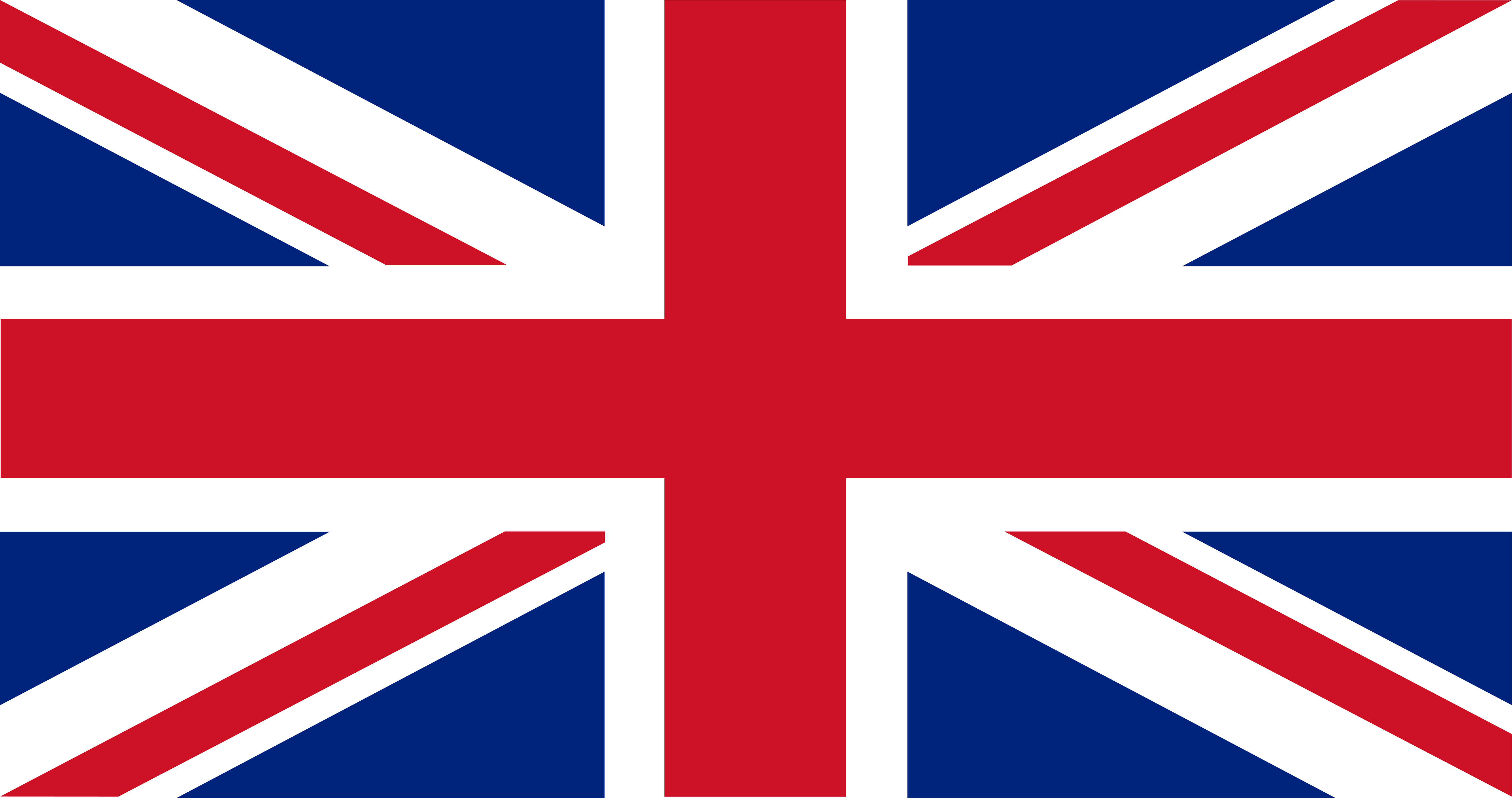

“The person, be it gentleman or lady, who has not pleasure in a good novel, must be intolerably stupid”, suggests Jane Austen in Northanger Abbey, implying that reading can provide fulfilment. Posthumously published in 1817, this Gothic satire is just one of her novels which influences tourism today. There are references to many locations in Bath, England, which are visited by her devotees, many of whom are serious literary tourists (Herbert, 2001). Interestingly, this particular sentence from Northanger Abbey occurs shortly after a reference to a genuine Gothic novel, which was influential at the time – Ann Radcliffe’s Mysteries of Udolpho (1794). Table 1 indicates the year of publication of novels that have become world-renowned. This dictionary entry identifies locations influenced by Austen’s work and the factors that continue to keep her creative work in front of readers and viewers two hundred and fifty years after her birth.
Table 1. Jane Austen novels in chronological order
| The novels | Year of publication |
|---|---|
| Sense and Sensibility | 1811 |
| Pride and Prejudice | 1813 |
| Mansfield Park | 1814 |
| Emma | 1815 |
| Northanger Abbey | 1817 |
| Persuasion | 1818 |
The production of literature creates ‘places’ to be visited. These may be places of the imagination, entirely imaginary, based on genuine locations, or explicitly accurate destinations.
Whilst the literary critics might not like it, Jane Austen’s novels can be viewed as destination marketing resources. Bath, perhaps, comes first to mind when contemplating her influence. Not surprisingly, the destination marketing organisation Visit Bath details a range of activities influenced by the author on their website – Jane Austen's Bath & Austen 250 - Visit Bath.
In addition, to mark 250 years since Jane Austen’s birth, the volunteer-run Mayor of Bath’s Guides, publishing on X (Twitter), have created a series of posts since 2 July 2025 to identify all the places in the city that appear in her six completed novels. For example, the Royal Crescent is mentioned five times in Northanger Abbey. Along with the Abbey, the Assembly Rooms, and the Pump Room, this is one of the ‘must-see’ locations in Jane Austen’s Bath.
A rather more recent creation in the city, the Jane Austen Centre, located in a Georgian building, offers “a snapshot of life during Regency times and explores how living in this magnificent city affected Jane Austen and her writing” (About The Jane Austen Centre - Jane Austen Centre Bath 2025). This permanent attraction is complementary to the annual Jane Austen Festival, established in 2001 with the costumed Regency promenade through the streets, attracting over seven hundred participants in recent years (Festival - Festival History - Jane Austen Centre Bath).
Apart from the handful of locations used in the novels, places associated with Jane Austen also attract many visitors. Visitors’ expectations and motivations differ across literary sites and depend upon their location, a site’s qualities, and the popularity of a literary figure associated with them (Busby & Shetliffe, 2013). Jane Austen remains a very popular author more than two hundred years after her novels were published.
The writer’s home is, perhaps, the most intimate literary site because it offers an authentic link between the author and his or her output (MacLeod, 2020). Arguably, the most treasured site in the world is ‘Jane Austen’s House’, in Chawton, Hampshire, where she spent the last eight years of her life. The effect of moving to a permanent home was very positive for her: “it was as though she were restored to herself, to her imagination, to all her powers” (Tomalin, 1998, p. 208). Indeed, all of her novels were written at Chawton. For the visitor, for several months of the year, the house is open to visitors seven days a week, but this is reduced to two days a week at other times. Interestingly, there are authors’ houses and there are literary museums “established in former writers’ houses” (Baleiro, 2023, p. 3305); arguably, Jane Austen’s home is the latter.
Besides the home of the writer, another example of a close author–tourist engagement is a desire to visit the author’s burial place; in Jane Austen’s case, this is Winchester Cathedral. In a survey undertaken at Chawton in 1993/4 with 223 respondents, Herbert (2001) ascertained that 68% had already visited the cathedral, where there is a memorial stone and brass plaque.
In her incisive biography, Claire Tomalin (1998, p.196) refers to Jane Austen’s time in Southampton, Hampshire, noting that “it was an attractive town then… busily promoting itself as a spa and resort” – hard though that might seem today. Significantly, another destination marketing organisation, Visit Southampton, is taking the opportunity of the anniversary – “a year like no other in Southampton” (Jane Austen 250 | Visit Southampton).
Illustrating the importance of potential destination-based cultural capital (Busby & Meethan, 2008), the Overton Jane Austen Trails have recently been created. Key volunteer Noelle Gibbs (2025) advised that funding was obtained in January 2024, and a small team undertook research to provide way markers and a website with a launch to the local community in September. The official launch took place in January 2025 to coincide with Jane Austen's 250th anniversary celebrations. The potential just needed to be “unlocked for the market” (Semley & Busby, 2014,p.30). The research and implementation by volunteers reinforces the point made by Baleiro & Pereira (2022) that literary tourism instigation at local level has the potential to develop communities. So, two hundred and fifty years after her birth, Jane Austen (1775-1817) continues to influence tourism across a wide area of southern England.
Turning to film and television treatment of Jane Austen’s work, the much-visited Internet Movie Database (IMDb) indicates that there have been a number of adaptations. There have been at least seven adaptations of Sense and Sensibility, including Indian and Latina ones (IMDb, 2025). Persuasion, partly set in Lyme Regis, Dorset, has received three adaptations filmed in the town, in 1971, 1995, and 2007. Besides the film and television adaptations of the novels, there are what could be called ‘spin-offs’, such as Lost in Austen, a 2008 TV mini series, whereby “Amanda Price is dissatisfied with her life in modern London. Her favourite escape is getting lost in the pages of Jane Austen's Pride and Prejudice. One night, Amanda is startled to come face to face with the novel's protagonist, Elizabeth Bennet. A small door in her apartment mysteriously links their worlds…”. (IMDb 2025). Film-induced literary tourism (Busby & Laviolette, 2006), resulting from enhanced interest in a destination secured through reading the literature after viewing the screenplay, is a phenomenon complex to measure but surely of particular significance with Jane Austen’s novels. The factors that continue to influence Jane Austen tourism undoubtedly include screen and social media treatment. A much wider extant and potential global audience is reached, and there seems little likelihood that this author will fall out of fashion in the near future.
How to cite this dictionary entry: Busby, G. (2025). Jane Austen Tourism. In R. Baleiro, G. Capecchi & J. Arcos-Pumarola (Orgs.). E-Dictionary of Literary Tourism. University for Foreigners of Perugia. https://doi.org/10.34623/zdg2-hn59
- Baleiro, R. & Pereira, R. (2022). Reading between the scenes: cinematic representations of literary tourism. In R. Baleiro & R. Pereira (Eds.). Global Perspectives on Literary Tourism and Film-Induced Tourism (pp.1–16). IGI Global. https://doi.org/10.4018/978-1-7998-8262-6.ch001
- Baleiro, R. (2023). Understanding visitors’ experiences at Portuguese literary museums: An analysis of TripAdvisor reviews. European Journal of Tourism Research, 33, 3305–3327. https://doi.org/10.54055/ejtr.v33i.2839
- Busby, G. & Shetliffe, E. (2013). Literary tourism in context: Byron and Newstead Abbey. European Journal of Tourism, Hospitality and Recreation, 4(3) 5–45.
- Busby, G., & Meethan, K. (2008). Cultural Capital in Cornwall: Heritage and the Visitor. In P. Payton (Ed.). Cornish Studies Sixteen (pp.146–166). University of Exeter Press.
- Busby, G. & Laviolette, P. (2006). Narratives in the Net: Fiction and Cornish Tourism. In P. Payton (Ed.). Cornish Studies Fourteen (pp.142–163). University of Exeter Press.
- Herbert, D. (2001). Literary places, tourism and the heritage experience. Annals of Tourism Research, 28(2), 312–333. https://doi.org/10.1016/S0160-7383(00)00048-7
- IMDb (2025). Film and television adaptations of Jane Austen novels. EVERY Jane Austen adaptation viewed 1 August 2025.
- MacLeod, N. (2020). ‘A faint whiff of cigar’: the literary tourist’s experience of visiting writers’ homes. Current Issues In Tourism, 24 (9), 1211–1226. https://doi.org/10.1080/13683500.2020.1765996
- Semley, N. & Busby, G. (2014). Film tourism: the pre-production perspective. A case study of Visit Somerset and the Hollywood story of Glastonbury. Journal of Tourism Consumption and Practice, 6(2) 23–53.
- Tomalin, C. (1998). Jane Austen – A Life. Penguin Books.
